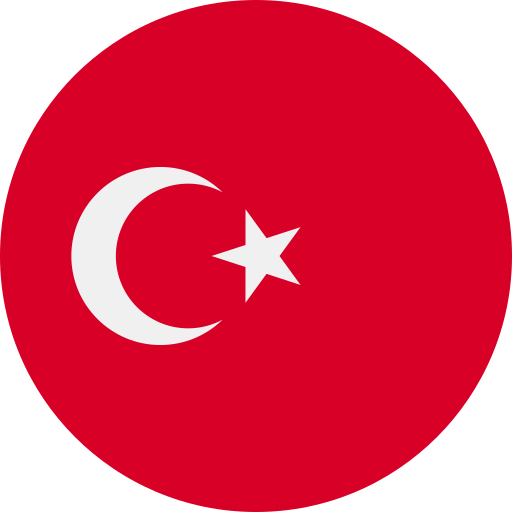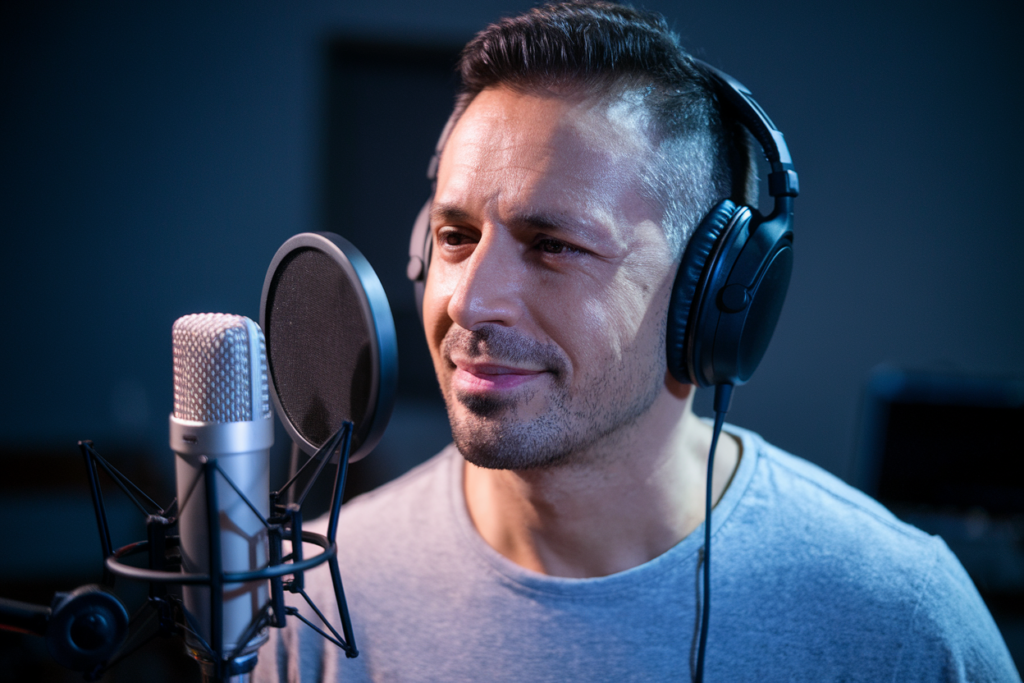Key Takeaways
- Cultural Richness: Turkey is home to a diverse array of minority languages, including Kurdish, Arabic, Zazaki, Laz, and Circassian, each contributing uniquely to the nation’s cultural fabric.
- Challenges Faced: Many minority languages are experiencing declining speaker numbers due to urbanization, assimilation pressures, and limited official recognition impeding preservation efforts.
- Educational Initiatives: Community-driven educational programs are emerging to support bilingual education and encourage younger generations to learn their heritage languages.
- Cultural Preservation Efforts: Various cultural initiatives promote the use of minority languages through storytelling, music events, and media content that celebrate linguistic diversity.
- Political Influence: The status of minority languages is heavily affected by political dynamics in Turkey; advocacy for language rights remains crucial for their survival.
- Shifting Perceptions: There is a growing awareness and appreciation for cultural rights that fosters pride in linguistic heritage among community members despite existing social stigmas.
Have you ever wondered how many languages are spoken in Turkey beyond Turkish? Minority languages in Turkey reflect the rich tapestry of cultures and histories that shape this vibrant nation. From Kurdish to Arabic, these languages aren’t just means of communication; they’re vital expressions of identity and heritage.
Despite their significance, many minority languages face challenges like dwindling speakers and limited recognition. Understanding these issues is crucial if we want to preserve the cultural diversity that makes Turkey unique. So let’s dive into the fascinating world of minority languages in Turkey and explore their roles, struggles, and the steps being taken to keep them alive.
Overview of Minority Languages in Turkey
Turkey hosts a rich tapestry of minority languages, each reflecting unique cultures and histories. The primary minority languages include Kurdish, Arabic, Zazaki, Laz, and Circassian. Each language contributes to the nation’s cultural mosaic.
Kurdish stands out as the most widely spoken minority language. Estimates suggest around 15 million speakers use it primarily in southeastern Turkey. Arabic follows with approximately 1.5 million speakers, mainly among communities near the Syrian border.
Zazaki is another significant language with around 2 million speakers concentrated in eastern Turkey. Laz is primarily spoken along the Black Sea coast by about 100,000 individuals. Circassian has roughly 100,000 speakers spread across various regions in Turkey.
These languages face substantial challenges. Many experience declining speaker numbers due to urbanization and assimilation pressures. Additionally, limited official recognition hampers preservation efforts and educational opportunities for these languages.
Understanding these dynamics proves essential for promoting cultural diversity within Turkey. Supporting minority languages fosters a deeper appreciation of the country’s heritage and strengthens community identities among speakers.
Preservation initiatives focus on education and documentation efforts that aim to revitalize these languages. Community organizations often strive to create spaces where these voices can thrive, ensuring their continued existence for future generations.
Minority languages in Turkey are vital components of its identity landscape. Recognizing their significance lays the groundwork for better policies that promote linguistic rights while celebrating this vibrant cultural diversity.
Historical Context
Minority languages in Turkey reflect a rich tapestry of cultural identity and heritage. Understanding their historical context reveals the complexity of their presence and challenges.
Early History of Minority Languages
Turkey’s minority languages trace back to ancient civilizations, with roots spanning various ethnic groups. The Kurdish language, for example, has origins linked to the Medes, while Arabic reflects centuries of trade and cultural exchange in Anatolia. Laz and Circassian languages carry influences from the Black Sea region and the Caucasus, showcasing diverse linguistic traditions. Over centuries, these languages adapted through conquests, migrations, and interactions with dominant cultures. Each language contributed unique elements to Turkey’s identity, serving as vessels for folklore, music, and oral histories.
Recent Developments and Changes
In recent decades, minority languages in Turkey have faced significant changes due to political dynamics and social transformations. Language suppression policies historically marginalized these communities; however, recent efforts show promise. With increased awareness regarding cultural rights since the 2000s, some local education programs now include minority language instruction. Additionally, community media initiatives offer platforms for preserving these languages through radio broadcasts or online content. Although challenges like urbanization continue to threaten their vitality—urban migration often dilutes language use—many communities actively work towards revitalization strategies that foster linguistic pride among younger generations.
Recognizing this historical context highlights both struggles and resilience within Turkey’s multicultural landscape—their voices echoing through time deserve acknowledgment as integral parts of national heritage.
Major Minority Languages
Turkey’s linguistic landscape features several major minority languages, each reflecting the rich cultural heritage of its speakers.
Kurdish
Kurdish serves as the most widely spoken minority language in Turkey, with around 15 million speakers. It’s primarily found in southeastern regions and consists of multiple dialects, including Kurmanç and Sorani. Despite its prevalence, Kurdish has faced significant challenges regarding recognition and use in educational systems. Recent movements advocate for greater rights and resources for Kurdish speakers, aiming to revitalize this vital component of Turkey’s cultural fabric.
Arabic
Arabic ranks second among minority languages in Turkey, boasting approximately 1.5 million speakers. Predominantly located in the southeastern provinces near the Syrian border, Arabic reflects a deep historical connection with various communities. The language is integral to the identity of many Arab Turks who seek to maintain their linguistic heritage amid societal pressures for assimilation. Efforts continue to promote Arabic education and media presence within these communities.
Zazaki
Zazaki is another significant minority language, spoken by about 2 million people primarily in eastern Turkey. Closely related to Kurdish yet distinct enough to be classified separately, Zazaki showcases unique linguistic features that enrich Turkey’s diversity. Community initiatives are underway encouraging younger generations to learn Zazaki through cultural programs and local gatherings aimed at preserving this important heritage.
Others
Several other minority languages contribute to Turkey’s vibrant tapestry of cultures. Laz and Circassian each have roughly 100,000 speakers who keep their languages alive through community efforts focused on education and cultural expression. These lesser-spoken languages face similar challenges as larger minorities but remain crucial for fostering a sense of belonging among their communities.
Understanding these major minority languages highlights not only their significance but also the importance of supporting efforts aimed at preserving them amid modern influences.
Linguistic Diversity and Preservation Efforts
Turkey’s linguistic landscape reflects its rich cultural tapestry, showcasing a variety of minority languages that contribute to national identity. These languages face significant challenges, yet various efforts aim to preserve them for future generations.
Educational Programs
Educational programs play a crucial role in the preservation of minority languages in Turkey. Local communities are increasingly advocating for curricula that include these languages, promoting bilingual education models. Schools in regions with significant Kurdish or Arabic-speaking populations offer courses designed to teach these languages alongside Turkish. Such initiatives not only empower younger generations but also foster pride in their linguistic heritage. Additionally, universities are beginning to introduce language studies focused on Zazaki and Laz, further supporting academic research and documentation.
Cultural Initiatives
Cultural initiatives serve as vital platforms for minority language expression and preservation. Community centers frequently host events celebrating traditional music, storytelling, and theater performances conducted in these languages. Such gatherings create environments where speakers can engage with their cultural roots while attracting interest from non-speakers as well. Media outlets increasingly produce content—like podcasts and radio shows—that highlights minority voices, ensuring their stories reach wider audiences. These efforts not only celebrate diversity but also encourage intergenerational dialogue about the importance of maintaining linguistic traditions amid modern societal pressures.
Through these educational programs and cultural initiatives, communities reinforce the value of their languages while addressing the pressing need for recognition and support within Turkey’s broader society.
Challenges Facing Minority Languages
Minority languages in Turkey encounter numerous challenges that threaten their survival and cultural significance. Understanding these obstacles is crucial for fostering appreciation and support for linguistic diversity.
Political Factors
Political dynamics significantly influence the status of minority languages in Turkey. Limited official recognition often restricts their use in education, media, and public life. For instance, Kurdish faces hurdles regarding its inclusion in school curricula and government documents. This lack of institutional support discourages younger generations from learning or using their heritage language. Furthermore, policies surrounding language rights can fluctuate based on the political climate, complicating efforts to advocate for greater visibility and acceptance.
Social Perceptions
Social perceptions play a vital role in shaping attitudes toward minority languages. Often viewed as less prestigious compared to Turkish, these languages face stigma that diminishes their value within society. Communities may perceive speaking a minority language as a barrier to social mobility or economic opportunities. As urbanization increases, assimilation pressures grow stronger, leading many individuals to prioritize Turkish over their native tongues. However, there is a gradual shift as awareness of cultural rights expands; various community initiatives are working tirelessly to promote pride in linguistic heritage and challenge negative stereotypes associated with minority languages.
By addressing these political factors and social perceptions head-on, communities can strengthen efforts towards revitalization and preservation of minority languages across Turkey.
Conclusion
Understanding and supporting minority languages in Turkey isn’t just about preserving words; it’s about maintaining a rich tapestry of cultural identities. Each language tells a story that connects communities to their heritage and history. As you engage with these languages, you help foster an environment where linguistic diversity is celebrated rather than diminished.
By advocating for educational resources and community initiatives, you can play a part in revitalizing these languages for future generations. Embracing the vibrant voices of minority groups enriches not only Turkey’s cultural landscape but also your own understanding of the world around you. Let’s ensure that these unique expressions continue to thrive in the heart of Turkey.
Frequently Asked Questions
What are the main minority languages spoken in Turkey?
The primary minority languages in Turkey include Kurdish, Arabic, Zazaki, Laz, and Circassian. Each language contributes uniquely to the nation’s cultural diversity, with Kurdish being the most widely spoken.
How many speakers do these minority languages have?
Kurdish has around 15 million speakers, Arabic approximately 1.5 million, Zazaki about 2 million, while Laz and Circassian each have roughly 100,000 speakers.
What challenges do minority languages face in Turkey?
Minority languages in Turkey face challenges such as a decline in speakers due to urbanization and assimilation pressures. Limited official recognition also hampers their use in education and public life.
Why is it important to preserve minority languages?
Preserving minority languages is crucial for maintaining cultural identity and heritage. They enrich Turkey’s cultural mosaic and support community pride among younger generations.
How are communities working to protect these languages?
Communities engage in educational initiatives that promote bilingual education and cultural programs that celebrate traditional music and storytelling. Local organizations advocate for greater recognition of these languages.
Has there been any improvement regarding attitudes towards minority languages recently?
Yes, there has been a shift toward greater awareness of cultural rights. This includes local education programs aimed at revitalizing interest in speaking these minority languages among younger generations.
Are there any media initiatives supporting minority language expression?
Yes! Community media outlets are increasingly producing content highlighting minority voices through various formats like music, storytelling, and theater performances to reach wider audiences.







